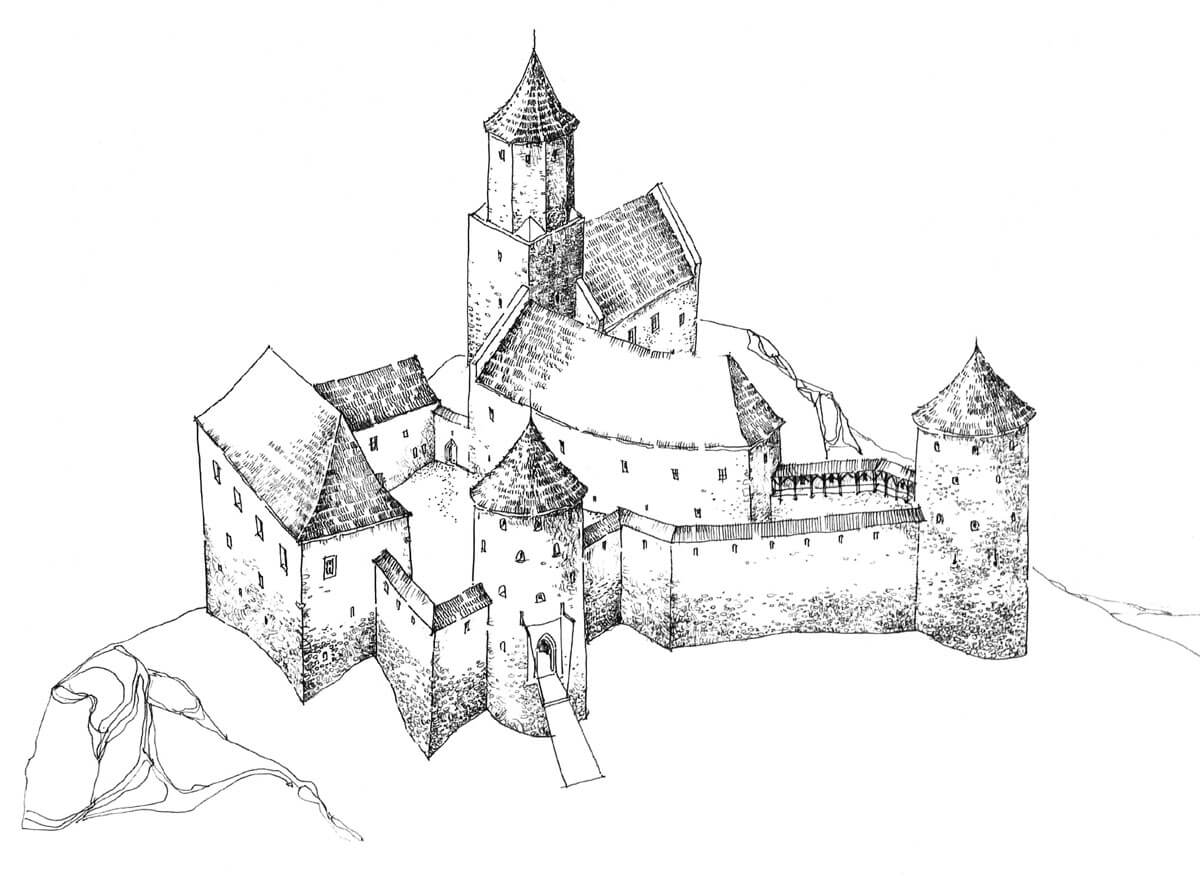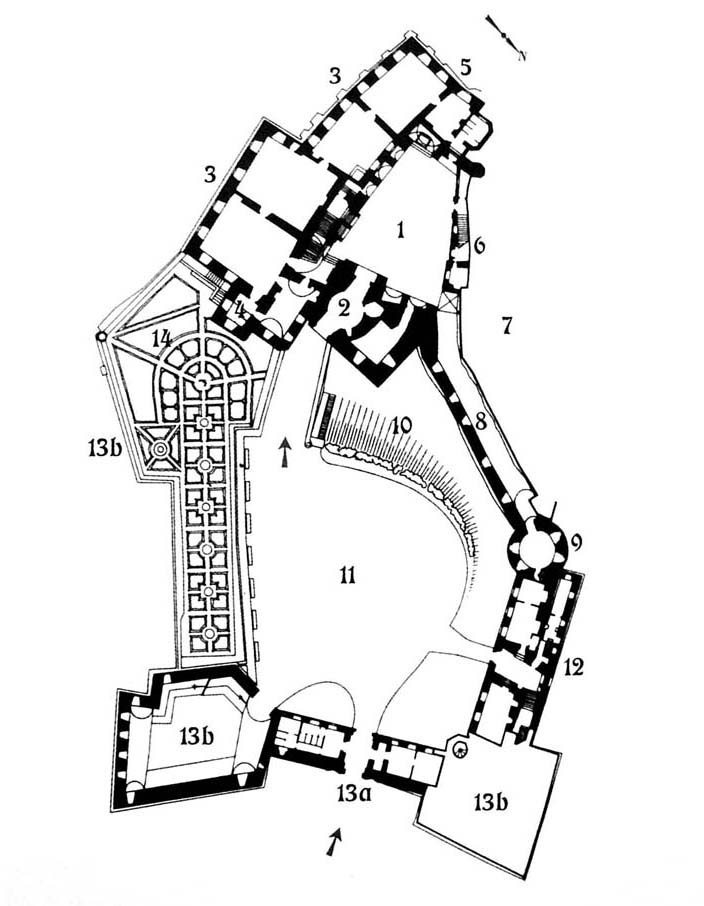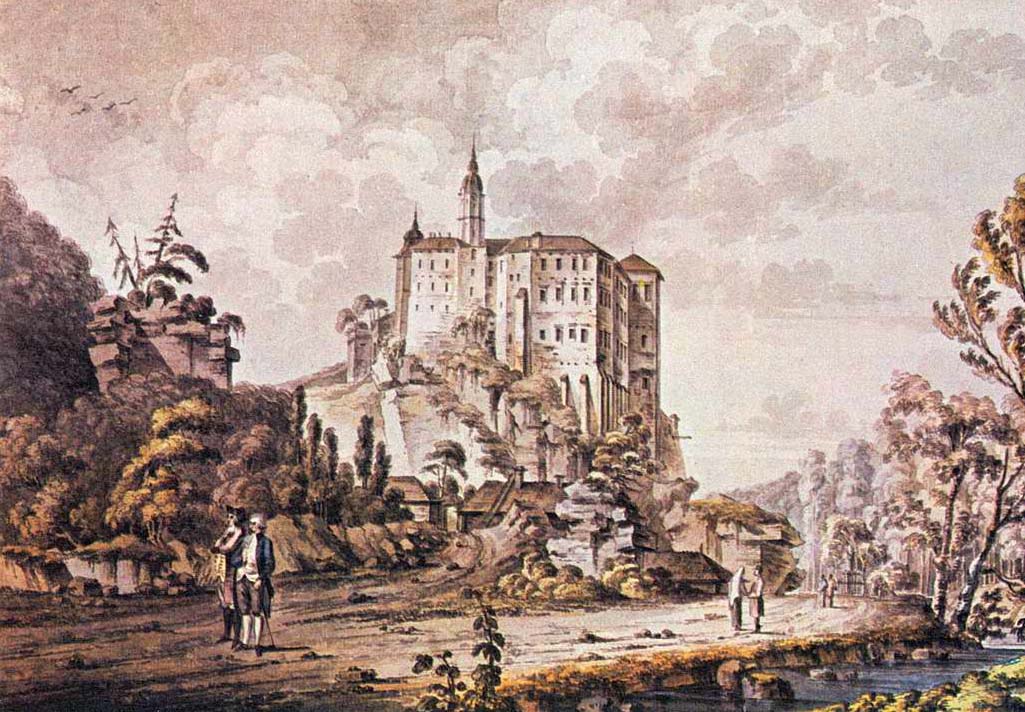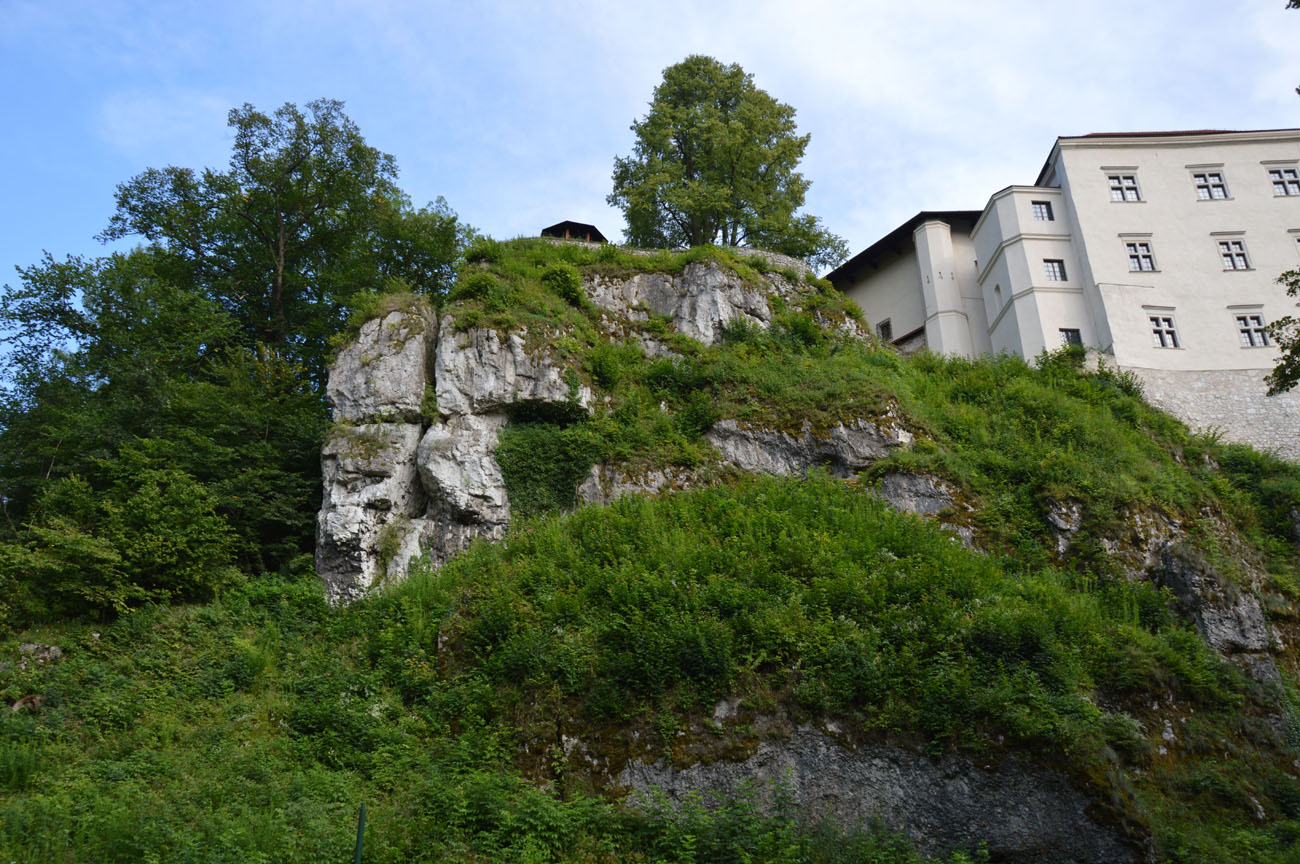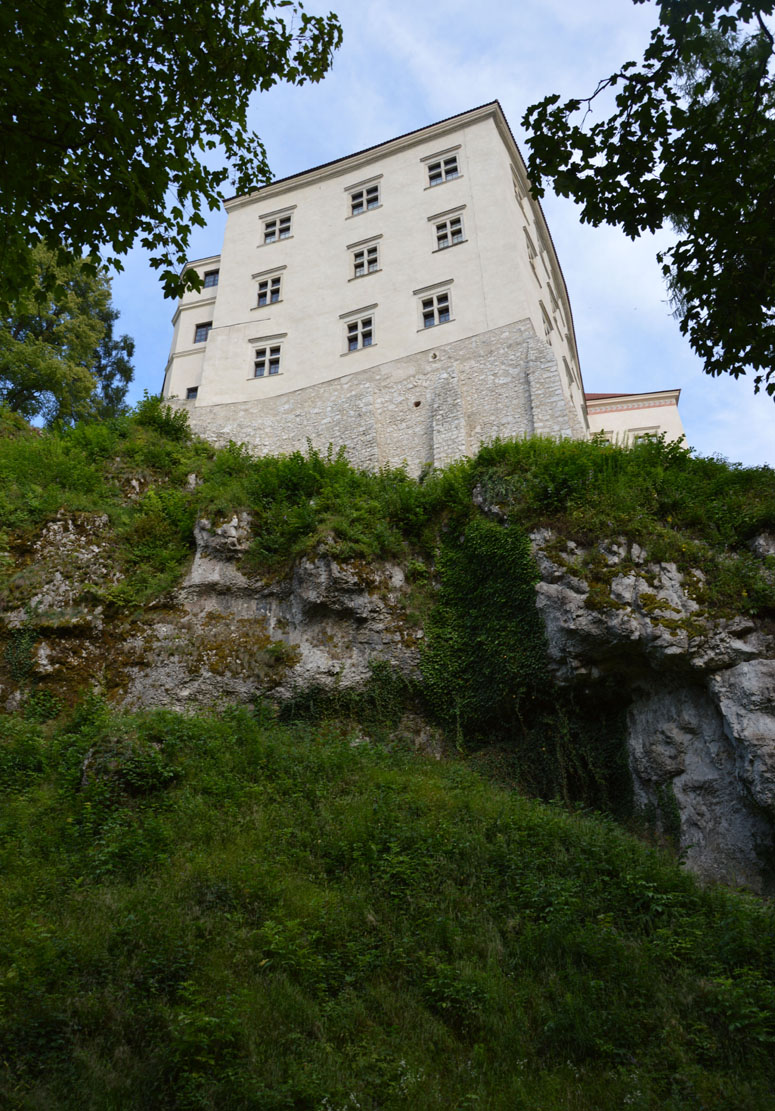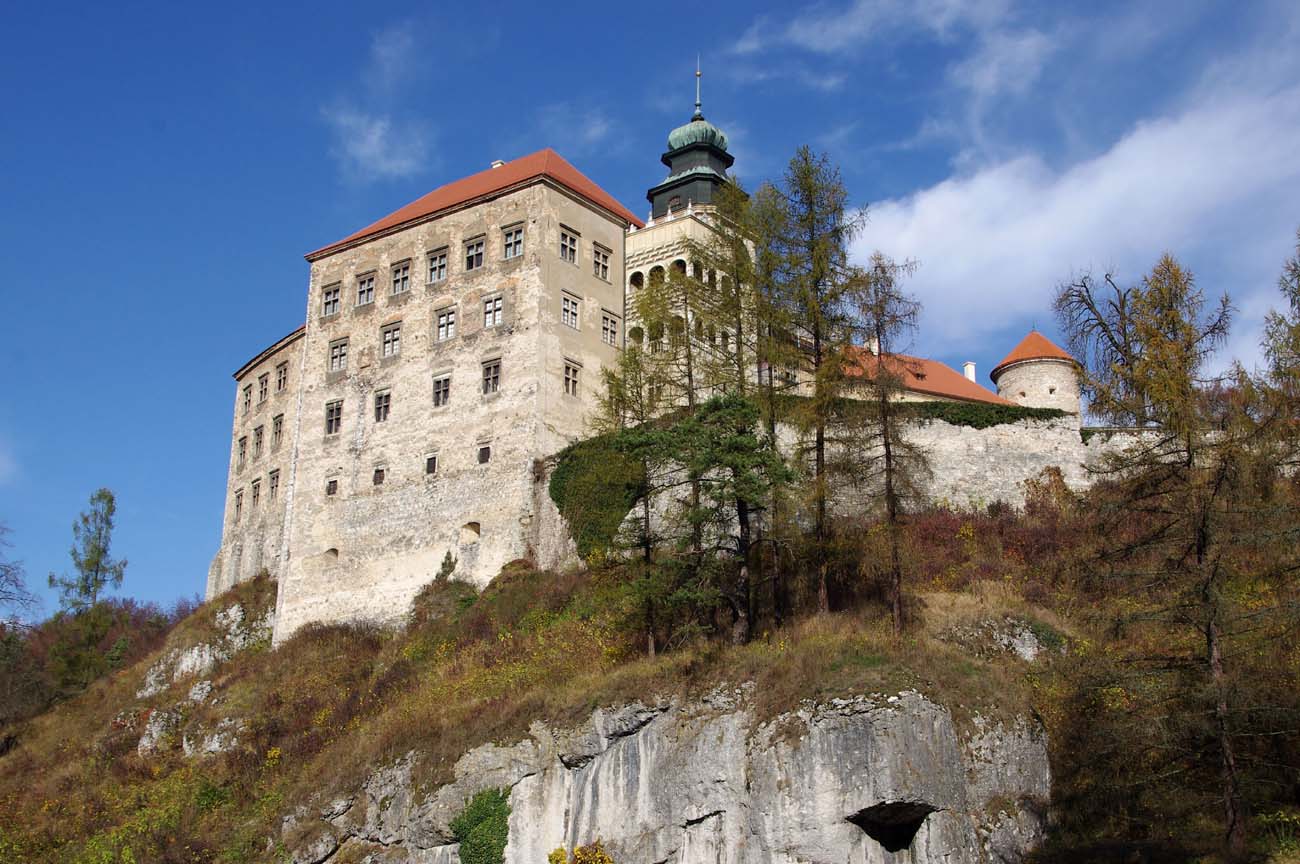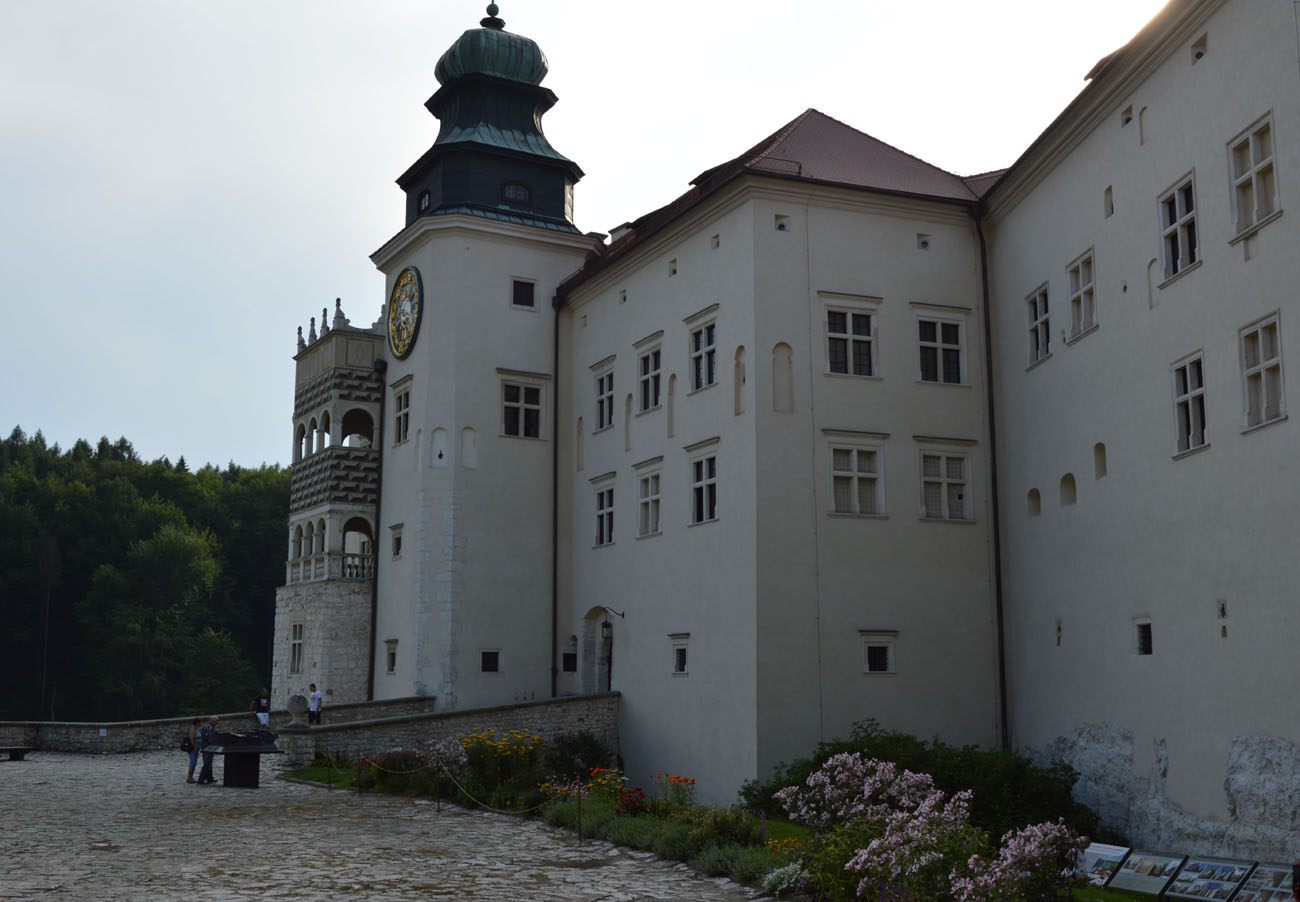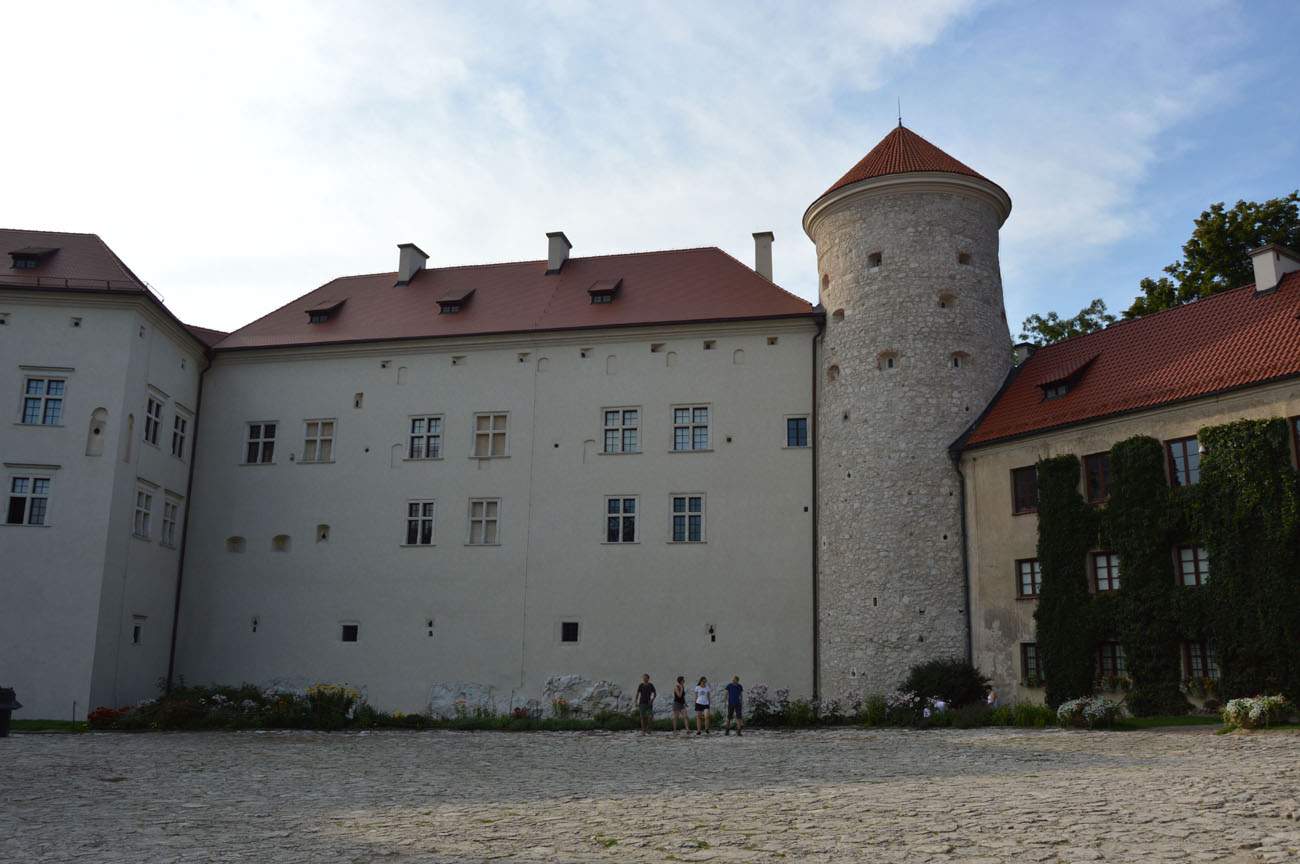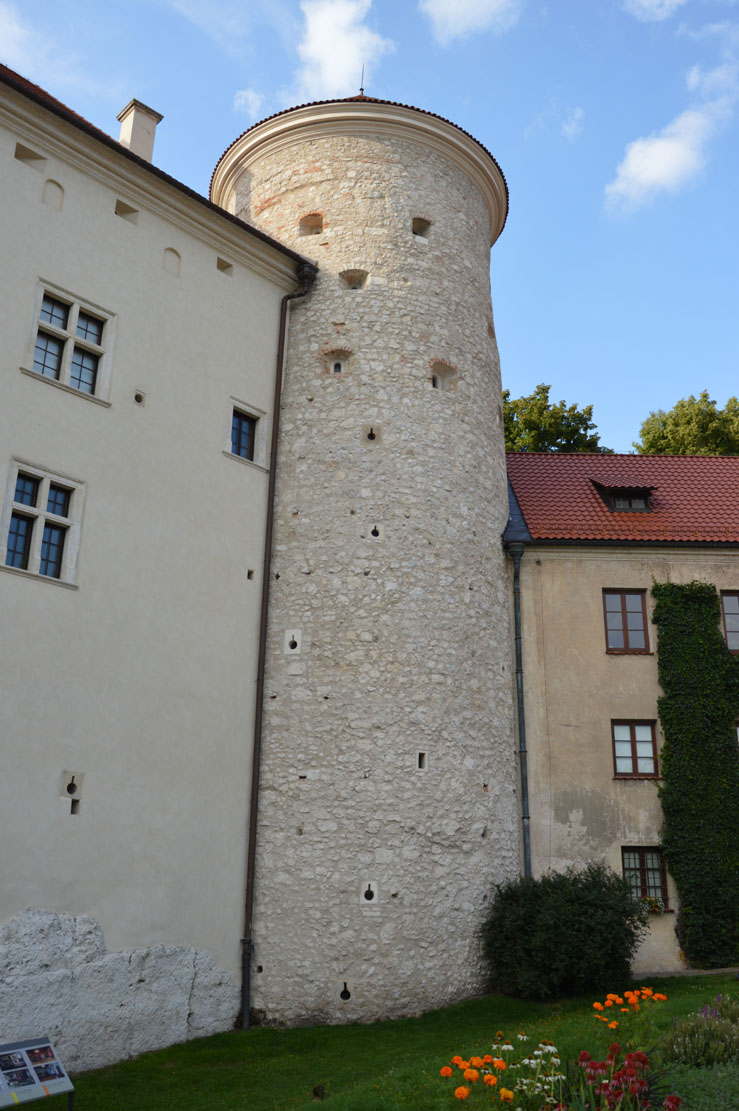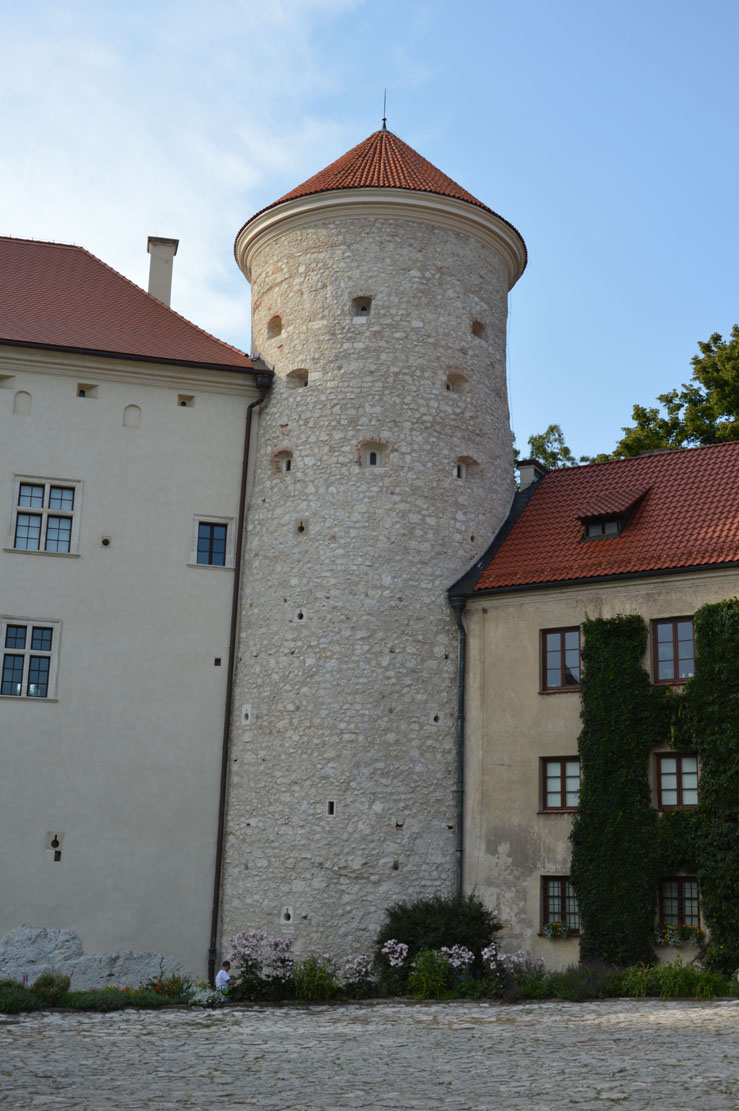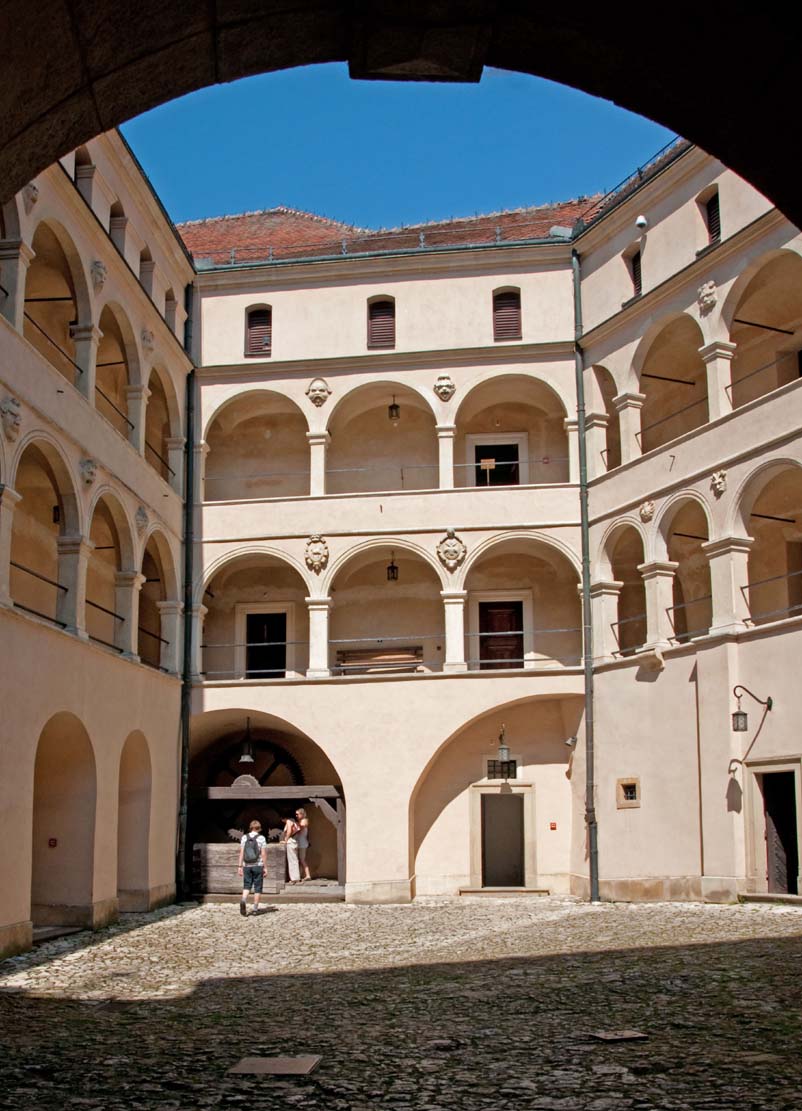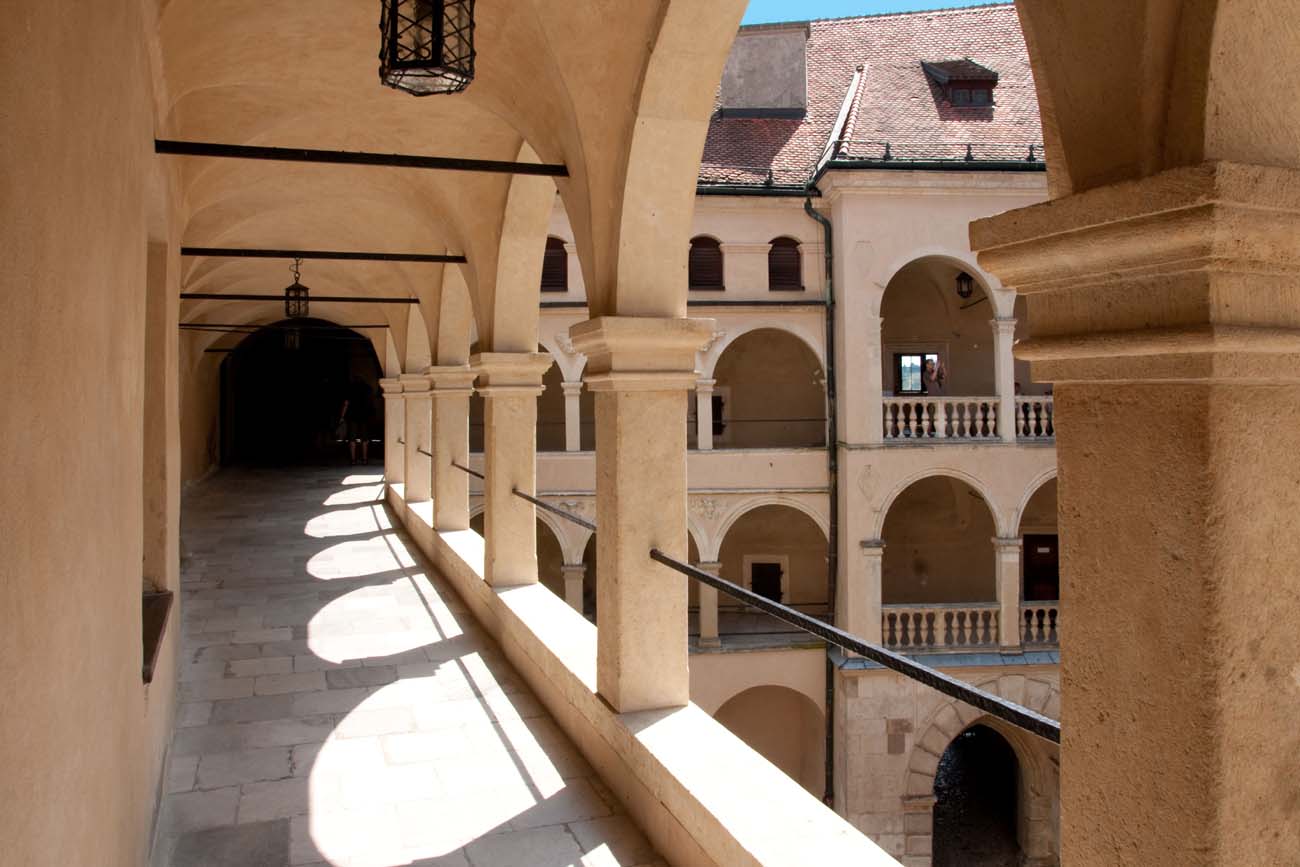History
The castle was built in the first half of the fourteenth century by king Casimir III the Great, as an element of the fortified chain of fortresses. It is possible, however, that he made only a reconstruction of an earlier building, since the document from 1315 mentions the fortress of Peskenstein. Recently, an older reference to the castle in document from 1306 was discovered. It referred to the trial brought by bishop Jakub Świnka to the bishop and starost of Kraków, Jan Muskata, who, along with his allies, was to organize a plundering expeditions. One of his followers was supposed to be a certain Peszek, who was raiding from his castle Peskonis, which justifies the supposition that the name of Pieskowa Skała derives from Peszek’s name.
In the years 1377-1608 the castle was the seat of the Szafraniec family, whose well-known representative was the voivode of Kraków, Piotr Szafraniec. Some of the later representatives of the family were dealt with robbery and used castle as a starting point for attacks on merchants passing through the Prądnik Valley, a route connecting Kraków and Silesia. In 1484 Krzysztof Szafraniec, the great-grandson of the first owner, was cut off in Wawel Castle for robbery.
In the years 1542-1580 the gothic castle was transformed into a renaissance residence. From 1608 it was in the hands of Maciej Łubieński, and after a few changes the owners were Zebrzydowscy. During the time of Michał Zebrzydowski, a system of bastion fortifications was added, however, the castle was captured and destroyed in 1655 by the Swedes. At the time when the Wielkopolscy family ruled, renovation work was undertaken, but in 1702 the Swedes once again ruined the residence, and in 1718 the building destroyed the fire. As a result of another fire in 1850, the oldest part of it was destroyed, that is the upper castle. Despite the reconstruction of Sobiesław Mieroszewski, conducted in the years 1864-1877, the residence slowly fell into disrepair. The castle was thoroughly restored only after the Second World War.
Architecture
The original castle occupied the highest rock known as Dorotka. Its main element was a square tower passing in the upper parts into an octagon, situated in the western edge of the promontory and an adjacent rectangular building. The tower was certainly accompanied by other timber buildings on the lower terrace. At the end of the fourteenth or the beginning of the fifteenth century, a quadrilateral ward consisting of a courtyard and surrounding buildings was to be built below. At the end of the 15th century, the castle was fortified from the eastern side with two cylindrical towers, east one and south-west one, which contained the entrance gate. In the northern part of the castle there was a vaulted tunnel, about 40 meters long, partially carved in the rock, reaching the eastern tower. The four-range building surrounding the inner courtyard on the trapezoid projection, was created during the great expansion, carried out by Szafraniec in the 16th century. The new entrance gate was placed in the east range. The palace character was given by three-story galleries surrounding the courtyard.
Current state
The castle in Pieskowa Skala is currently one of the best preserved monuments of the Kraków-Częstochowa Upland, however unfortunately, the gothic elements did not survive much. The preserved medieval buildings include one of the two fifteenth-century towers, that protected the castle from the east. The 16th-century arcaded courtyard and observation loggia are the pearls of the Polish renaissance. After a general renovation in 1950-1963, the castle became a branch of the State Art Collection in Wawel. Useful information for visitors can be found on the official website of the museum here.
bibliography:
Leksykon zamków w Polsce, L.Kajzer, S.Kołodziejski, J.Salm, Warszawa 2003.
Kołodziejski S., Średniowieczne budowle obronne na terenie Jury Ojcowskiej w świetle wyników nowszych badań, Kraków 2006.
Pieskowa Skała, red. Podlodowska-Reklewska M., Kraków 2003.



